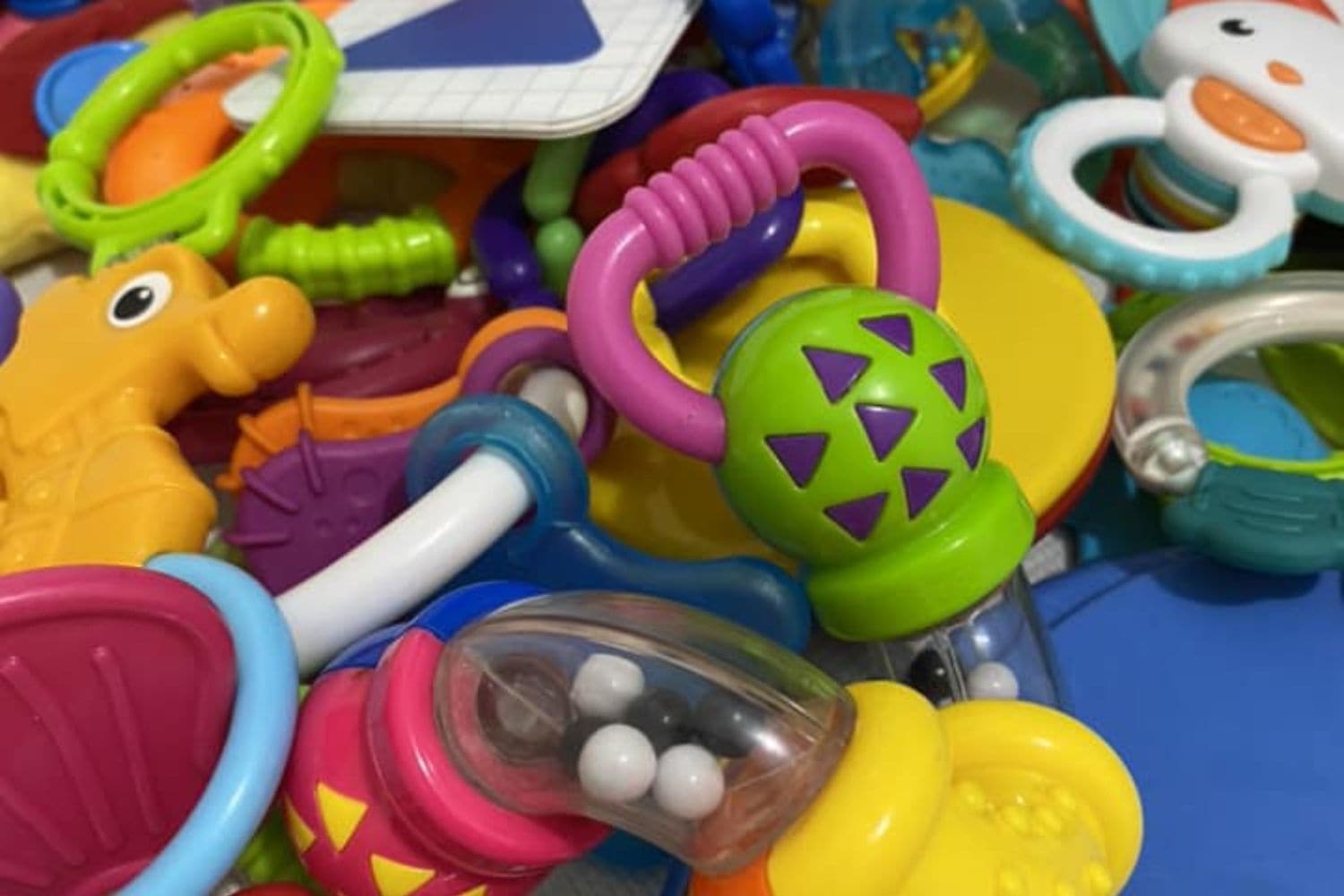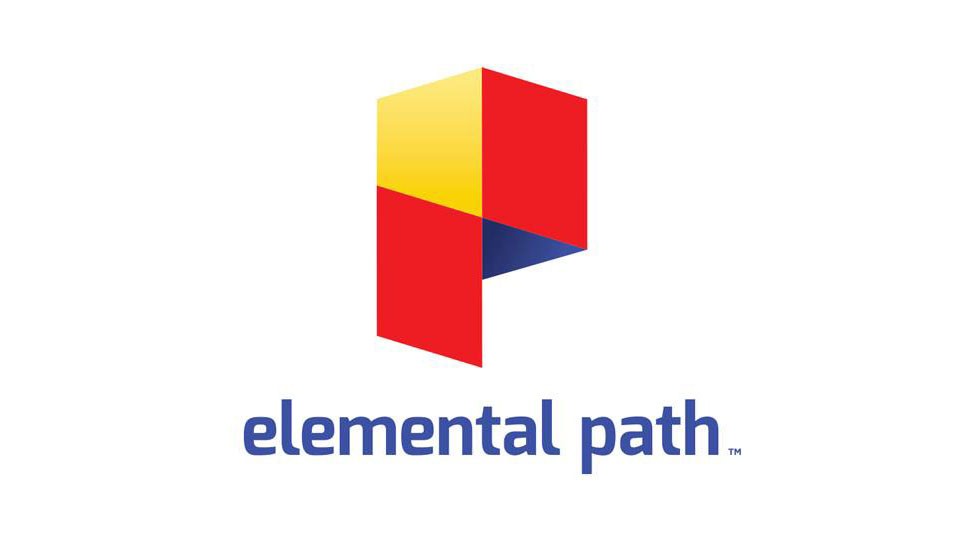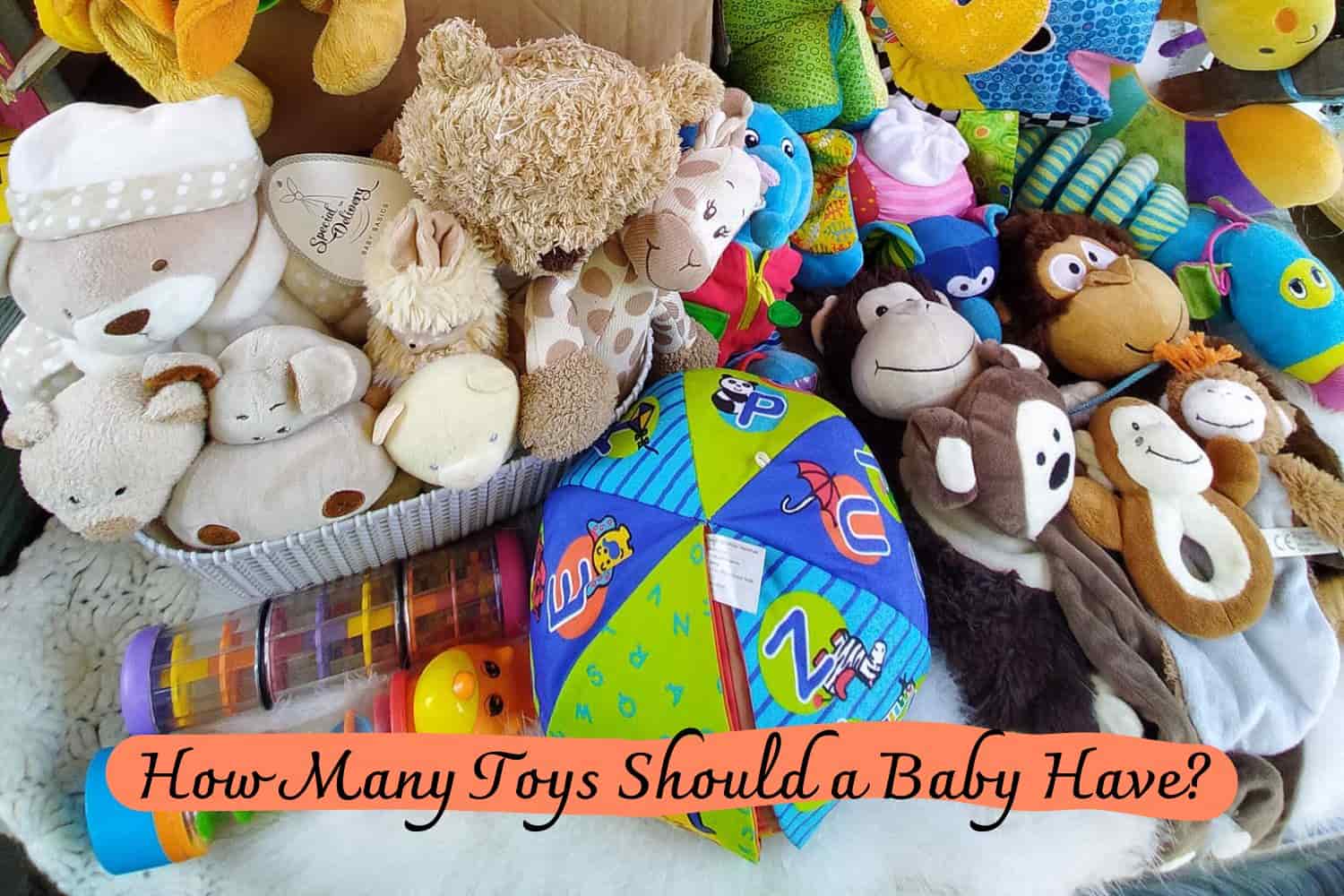Are you wondering how many toys should a baby have to learn and develop important skills? This article will help shed light on the subject.
How Many Toys Should a Baby Have?
Have you ever wondered how many toys should a baby have? Not having enough can leave them bored, while having too many could lead to sensory overload.
Optimize your play space by minimizing the number of toys. For your little one, consider having no more than 4 toys for a pre-mobile child, 8 toys for a crawling child, and 12 toys for a toddler. Remember to consider the size of the space and the complexity of each toy.
Trying to figure out the best balance for your baby’s development and creative stimulation can be tricky but, with a few simple tips, you will soon find yourself in the ideal territory!
In this blog post, we’ll explore why it’s important to curate your child’s toy collection thoughtfully and suggest ways to help make sure they get just the right amount of focus from their playtime experiences. Read on to understand more about how finding that perfect number of toys for your little one can truly benefit them.
How Many Toys Should a Baby Have?
According to Houston-based social worker and psychotherapist Vicki Sherman, it’s sufficient for your baby to have three to five interesting things to play with. These things don’t even have to be traditional toys – Tupperware, balls, pots, and pans can all serve as great options for your baby’s entertainment.
So, what should you look for when choosing toys for your baby? Sherman suggests selecting toys that are tactile and have texture and color. Additionally, toys that can be opened and closed, as well as those with faces, are highly engaging for babies.
If you’re wondering what toys to put on your registry or suggest to grandparents, occupational therapist Christie Kiley notes that a baby gym is a versatile option. A baby gym with loops to hang additional objects can help develop reaching and grasping skills, as well as encourage midline development.
While bright and loud baby toys may be a nightmare for parents, they stimulate babies’ brains. In the early months, babies see in black and white, so it’s important to introduce colors like red, orange, yellow, and blue. Consider incorporating these colors into your nursery or investing in brightly colored toys to stimulate your baby’s brain.
In conclusion, you don’t need a multitude of toys for your baby – a few interesting items that engage their senses will suffice. Focus on tactile toys with texture and color, and consider a baby gym for developmental benefits. And remember, stimulating colors are essential for your baby’s visual development.
What are the features should your baby’s toys have?

Bright Colors
Appealing to parents with their soft and pleasant hues, many baby products are designed in delicate pastels.
However, while these colors may be soothing, they might not capture your baby’s attention or stimulate their development.
Instead, infants are most responsive to toys that boast vibrant and bold shades, particularly primary colors like red, yellow, and blue.
It’s worth noting that babies don’t distinguish between what’s considered a toy and what’s not, so a colorful set of plastic containers can be just as captivating to them as an expensive toy from a store.
Faces
One crucial aspect of your baby’s life is the presence of toys with faces. This is because babies naturally gravitate towards toys that resemble sentient beings, indicating their early comprehension of representation and fostering a stronger bond with these toys.
From dolls to stuffed animals, even anthropomorphized objects like Thomas the Tank Engine or Gumby can captivate their attention.
Research in child development demonstrates that as babies grow in their first year, their fascination and fixation on faces intensify. Invest in toys that stimulate your baby’s cognitive development today.
Various textures
Discovering the world is a fundamental part of a baby’s development, and their primary method is through oral exploration. By placing objects in their mouths, babies learn about the purposes and characteristics of different items and materials.
To support their development, it’s essential to expose your baby to a variety of textures. This doesn’t mean you have to purchase numerous toys with different textures.
Instead, you can use everyday objects at home to entertain your child while still providing a multitude of tactile experiences.
Additionally, there are toys available that offer a wide range of textures and stimuli in a single item, enabling your baby to develop and thrive without overwhelming you with excess toys.
Rattles
These captivating toys stimulate, distract, and entertain little ones. Not only are they perfect and timeless gifts, but they also facilitate essential developmental skills.
By shaking a rattle or any baby-safe container filled with shakables, babies can understand cause and effect, while improving their grasping abilities.
It’s not about the origin of the toy – homemade or store-bought, both nurture the same level of enjoyment and learning. While not the quietest option for toddlers, the rattle remains a valuable and classic plaything.
Safe Mirrors
Don’t risk handing your flailing baby a breakable mirror. Instead, invest in specially-made baby toys that feature safe mirrors. These mirrors not only contribute to your child’s developmental milestones but also provide hours of entertainment.
Teething toys
Make the teething stage easier for both you and your baby with the right toys. Babies will chew on anything during this painful time, so it’s important to provide them with materials that offer relief and distraction.
It’s also crucial to have toys that are easy to clean, as anything in a baby’s mouth can quickly become unsanitary. Teething toys come in various forms, from simple wood or rubber rings to fun and colorful stuffed animals.
Embrace the classic Gumby or find a teething toy that suits your baby’s preferences.
Characters
Use a variety of characters to act out scenes and teach them the art of conversation. No need to splurge on expensive toys, a mix of stuffed animals, a teddy bear, and even Gumby will do the trick.
As long as there are toys with faces, you can demonstrate the basics of social interaction. Keep it light-hearted with funny and silly scenarios that will make your child giggle, while teaching them important communication skills.
Board books
Not only are they durable and safe for your baby to explore, but they also set the foundation for future reading habits. Even though they may not comprehend the words yet, mimicking reading time with board books helps establish a routine and prepares them for later literacy skills. Additionally, many board books offer unique textures and materials, enhancing your baby’s learning experience and keeping them interested. Start your child’s reading journey early with board books that are both entertaining and educational.
Things to Manipulate
Give your baby a head start in mastering the fundamentals of physics and geometry with toys designed to encourage object manipulation and cognitive growth. While it may take years for them to fully grasp these concepts, infants need to begin learning basic skills like stacking and nesting during their first year.
During the first few months, your baby may not achieve immediate success with these activities. However, providing them with a set of soft, crinkly building blocks or other geometric forms can safely entertain them while presenting opportunities for skill development over time.
Conclusion
Ultimately, it is up to you and your baby what the quantity of toys should be. You can start small and increase the number over time. Babies are both resilient to too many toys and in need of stimulating activities to help them in their developmental journey.
By understanding what toys are best for your infant’s age, providing these items in safe and sanitary condition, storing them in a manner that allows easy tidy-up afterward, and introducing new stimuli on an appropriate timeline, parents can ensure they are setting up their babies for success while creating a positive environment!
Furthermore, this will help lighten the burden on yourself as well while also giving lots of love to the baby. So don’t be afraid to give those adorable little ones plenty of playtime with their toys – just make sure they’re not overwhelming them with too much stimulation!
Thanks for reading our article How Many Toys Should a Baby Have? If you want to know more information, visit our website here.
Read more:

